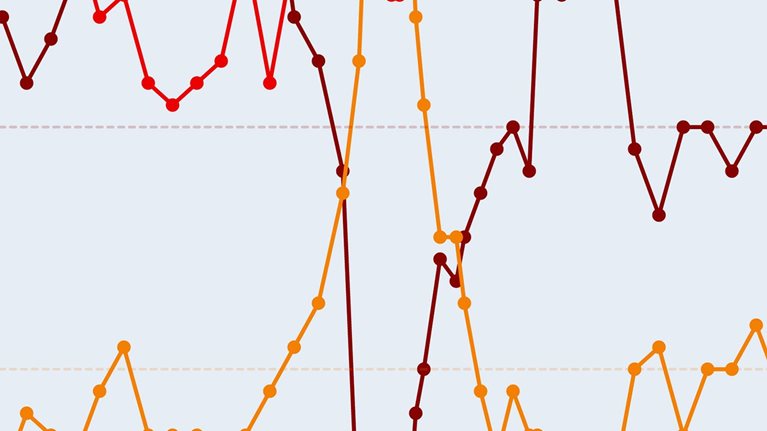Concerns about geopolitical instability and its implications for global growth have surged, according to McKinsey’s latest survey on economic conditions.1 Seventy percent of all respondents cite geopolitical tensions as a risk to growth in the global economy over the next year, up from 27 percent in December, as the recent turmoil in Ukraine and Russia has left executives across Europe divided.
On average, executives remain optimistic about conditions in both their home countries and the global economy, though sluggish demand still tops their list of domestic concerns. Among non-eurozone respondents in Europe,2 however, economic expectations have taken a turn for the worse. They cite geopolitical issues most often as a risk to their countries’ domestic growth. Relative to their peers in the eurozone, they are much more negative about current conditions at home and in the world economy—and more pessimistic about economic prospects in the months ahead.
Renewed geopolitical risks
Given the degree of uncertainty in Ukraine after months of protests and political unrest, executives around the world agree that over the next 12 months, geopolitical instability will pose the biggest threat to global growth. In addition to the growing concern over geopolitics, executives also rank political conflicts and transitions higher than they did three months ago (Exhibit 1). On other top risks, executives in emerging and developed economies are divided. Those in emerging markets, for example, are more concerned than developed-market executives about inflation and volatile exchange rates.
Geopolitics surges as a likely threat to global growth.

With respect to domestic risks, geopolitical instability is also a greater concern—especially in non-eurozone Europe, where respondents are four times likelier now than in December to cite it as a threat to growth. Overall, low consumer demand continues to top the list, as it has since June 2011. However, there are notable differences between executives in emerging and developed economies (Exhibit 2).
Threats to domestic growth differ for developed and emerging markets.

When asked why demand is low in their countries, executives are divided over the causes. Respondents in emerging markets are nearly nine times as likely as those in developed markets to cite high inflation, while much larger shares in developed markets attribute low demand to deteriorating household finances and postponed consumption.
As in December, emerging-market executives are more worried about asset bubbles. They cite these more often as an overall risk to growth and are twice as likely as developed-market executives to say that over the next six months, asset bubbles will pose a significant threat to growth at home.
Country-level conditions diverge
On average, executives are as positive about economic conditions at home as they were in December. Forty-three percent say current conditions are better now than six months ago—close to the 49 percent of executives who, six months ago, expected conditions would improve by now—and 43 percent expect conditions will improve over the next six months.
Across regions, respondents in North America and developed Asia3 remain the most upbeat (Exhibit 3). Yet those in Asia are much likelier now than in December to say conditions have worsened, and they are less likely than most others to expect improvements in the coming months.
At home, views on current and future conditions are mixed.

Within Europe, views are split. Looking at current conditions, non-eurozone executives are less likely than their eurozone peers (and less likely than they were in December) to report improvement (Exhibit 4). The outlook, too, is gloomier outside the eurozone. Half of executives in the eurozone expect conditions at home will be better in six months; just 37 percent of non-eurozone executives say the same.
In Europe, executives are divided along eurozone lines.

Global optimism holds steady
At the global level, executives are still optimistic. More than half of all respondents say conditions in the global economy have improved in the past six months and that they will be better still in six months’ time.
Non-eurozone executives, though, are much less sanguine than in December. Across regions, they are now the least bullish about current global conditions (Exhibit 5). They have also become less likely to believe conditions will improve: compared with 60 percent in the eurozone, 49 percent expect improvement, which is down from 61 percent three months ago.
Non-eurozone executives are glum on global conditions.

Looking further out, executives are most likely to expect a global economic environment of renewed overall growth—that over the next decade, developed economies will spur innovations, and emerging economies will rely more and more on domestic-led growth. After that, executives say the most likely scenario is emerging-market resilience to crises in advanced economies.

